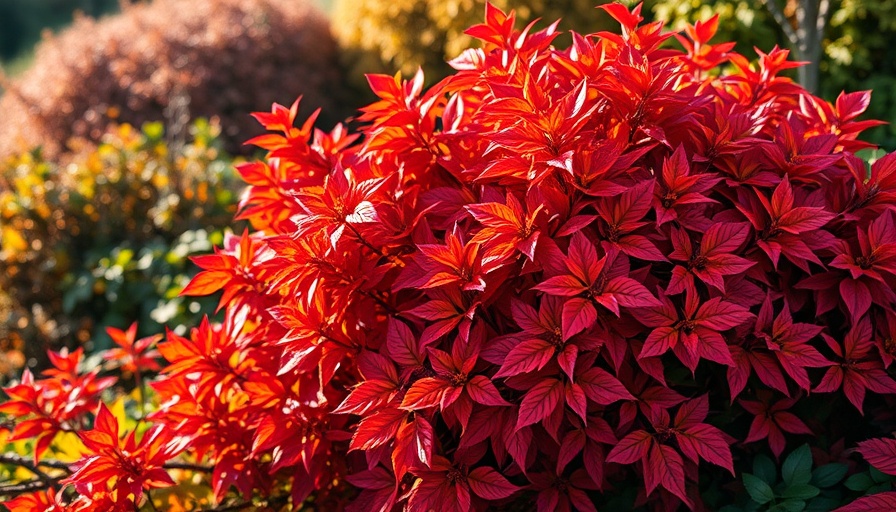
The Magic of Seasonal Color Shifts in Your Garden
As the seasons change, so too does the vibrancy of our gardens. One of the most enchanting aspects of gardening is observing the stunning color transitions that many plants go through. Whether it’s the golden hues of autumn leaves or the rich reds of summer blooms, trees and shrubs with color-changing foliage bring an exciting dynamism to your outdoor space. As we step into the season of cooler air and vivid autumn colors, let’s explore not only the plants that transform but also how they bring our gardens to life, especially through the experiences they offer gardeners.
Best Plants for Color-Shifting Displays
The wonders of nature give us a variety of trees and shrubs, each with its unique way of marking the changing seasons. Here are some highlights:
- Sugar Maple ‘Fall Fiesta®’: Known for its fiery foliage, this compact tree presents a majestic display shifting from green to a medley of bright oranges, golds, and crimsons. Its hardiness across zones 3-8 makes it an ideal choice for many gardens.
- Ginkgo Biloba ‘Goldspire™’: This columnar tree catches the eye with its fan-shaped leaves that transition from lush green to eye-popping golden yellow, perfect for smaller urban spaces.
- Sourwood: Providing layers of colors with its large leaves, this native tree to eastern North America showcases stunning reds and purples, while supporting local wildlife.
Understanding Color Changes in Plants
The science behind why plants change color is fascinating. Factors such as temperature, sunlight, and even soil conditions play crucial roles. Many plants produce anthocyanins, pigments that turn leaves vibrant reds and purples in response to the stresses of cooler temperatures. Additionally, some flowers, like hydrangeas, are renowned for changing color based on the soil pH, shifting from blues in acidic soils to pinks in alkaline ones. This adaptability not only beautifies the garden but also reflects the health of the ecosystem.
Incorporating Color-Changing Plants into Your Outdoor Living Space
As outdoor living enthusiasts, creating a space that hosts a vibrant landscape is essential. Color-changing plants can play an integral part in achieving this. For example, placing a stunning Ginkgo Biloba near a fire pit can create a dramatic backdrop during the autumn gathering, as its leaves transition to a striking yellow, framing your outdoor moments beautifully.
Moreover, mixing color-changing perennials like Full Moon Maple ‘Aureum’ and Eastern Redbud ‘Forest Pansy’ into a flower bed layout can provide year-round interest and excitement, as these plants engage the senses and invite reflection.
Practical Tips for a Colorful Yard
- Choose Diverse Varieties: Incorporate a mix of trees, shrubs, and perennials to ensure a continuous display of changing colors throughout the seasons. Align your planting with your local climate and soil types for optimal growth.
- Consider Planting Location: When planning your flower bed or vegetable garden layout, think about sun and shade requirements. Position trees where their autumnal beauty can be viewed from inside your home or common outdoor areas.
- Seasonal Garden Planning: While a fall planting guide typically leans towards hardy shrubs and trees, don’t forget about spring bloomers that precede the autumn display, crafting a timeline of color transitions that keeps your garden alive.
Conclusion: Creating Lasting Memories in Your Colorful Garden
The presence of color-changing plants not only beautifies your surroundings but also brings warmth and memories, making your garden a central gathering place for family and friends. As you plan your garden around these stunning varieties, remember, each plant tells a story. This autumn, let’s embrace the seasonal shifts, improve our outdoor living spaces, and cherish the connections made within our colorful landscapes. Join our community for future updates on more gardening tips!
 Add Row
Add Row  Add
Add 




Write A Comment